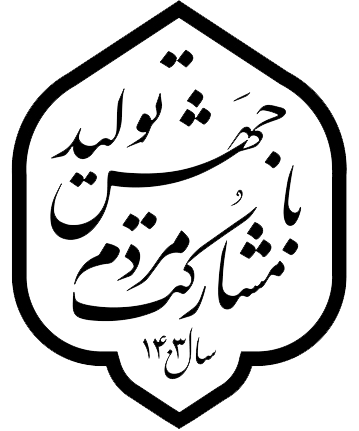Iran owns largest insect collection in region, official says

Iran owns largest insect collection in region, official
says
An official with the Iranian Research Institute of Plant
Protection said the country’s Hayk Mirzayans Insect Museum has a collection of
nearly 4.5 million insect specimens.
“The Hayk Mirzayans Insect Museum
has a collection of nearly 4.5 million insect specimens, including 25,000 local
species,” Shahab Manzari, who is the head of the Insect Taxonomy Research
Department at the Hayk Mirzayans Museum, said.
He added, “This museum is currently the largest insect
museum in Iran as well as the region”.
Elsewhere in his remarks, Manzari highlighted the importance
of the Insect Taxonomy Research Department, which is affiliated to IRIPP,
saying “We no longer need to send our newly-discovered insects abroad for
identification”.
In 1943, Iranian entomologist JaIaI Afshar established a
small entomology laboratory in the then Ministry of Agriculture in Tehran. Soon
after, several Russian entomologists such as Drs. Alexandrov, Chovachin and
Kiriokhin began collaborating with the lab. In 1945, a small group of fresh
graduate students, including Ghodratollah Farahbakhsh and Hayk Mirzayans,
joined the lab.
Beside his regular duties in the lab and involvement in Corn
Bug and locust eradication programs, Mirzayans began collecting and identifying
all kinds of Iranian insects, and with the help of his Russian colleagues laid
the foundation of what later became the largest insect museum in the country.
Despite logistic and budgetary restrictions at the time, Mirzayans conducted
several collecting trip across Iran, and his specimens from 1945 became the
first to be deposited in the insect collection.
During the next decades, Mirzayans restlessly continued
collecting and identifying Iranian local insects. Many of his friends and
colleagues also played important roles in the growth and improvement of the
collection.
After the foundation of Plant Pests and Diseases Research
Institute (now called Iranian Research Institute of Plant Protection) in 1962,
the lab was renamed to Laboratory of Entomology and Plant Protection, and the
relatively large insect collection (~50,000 specimens at the time) became part
of the Insect Taxonomy Research Department (ITRD) on the third floor of the
Institute’s main building.






